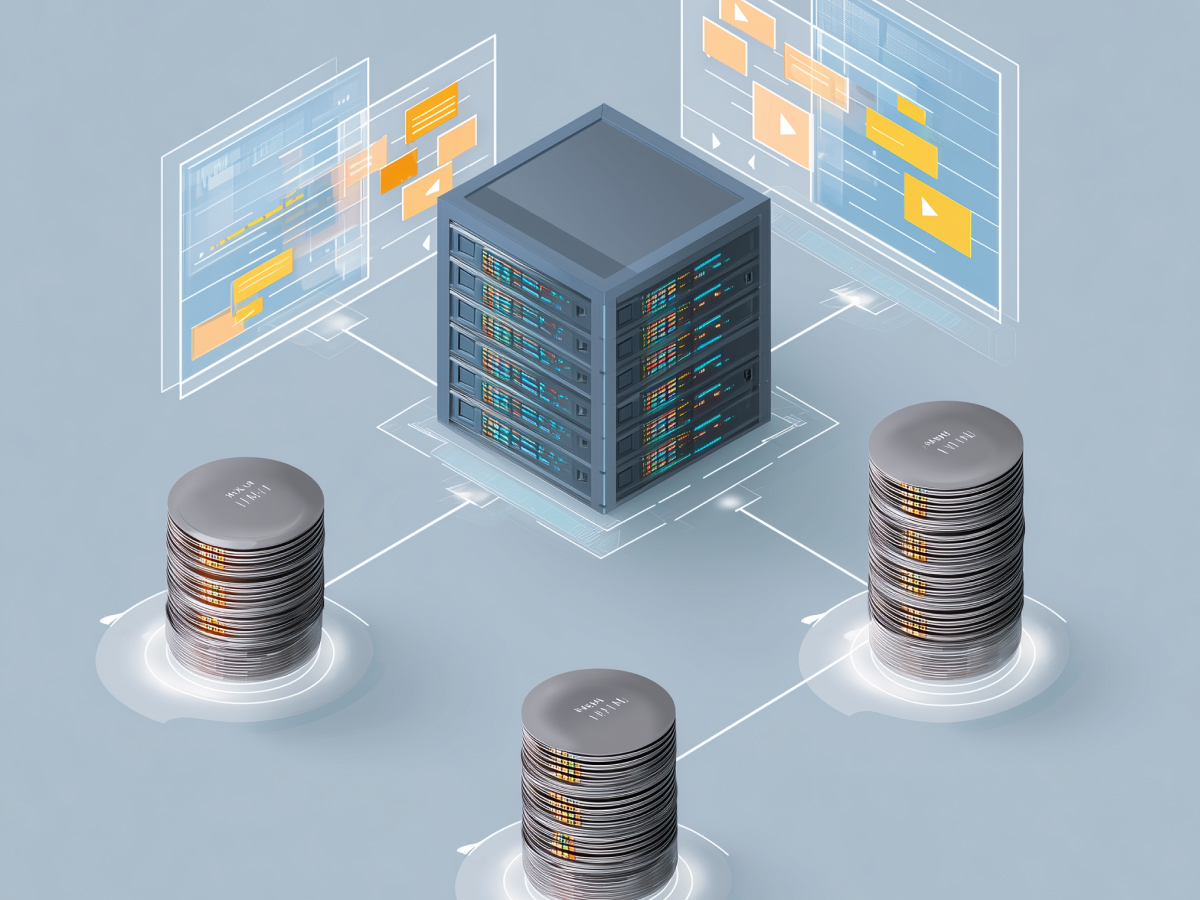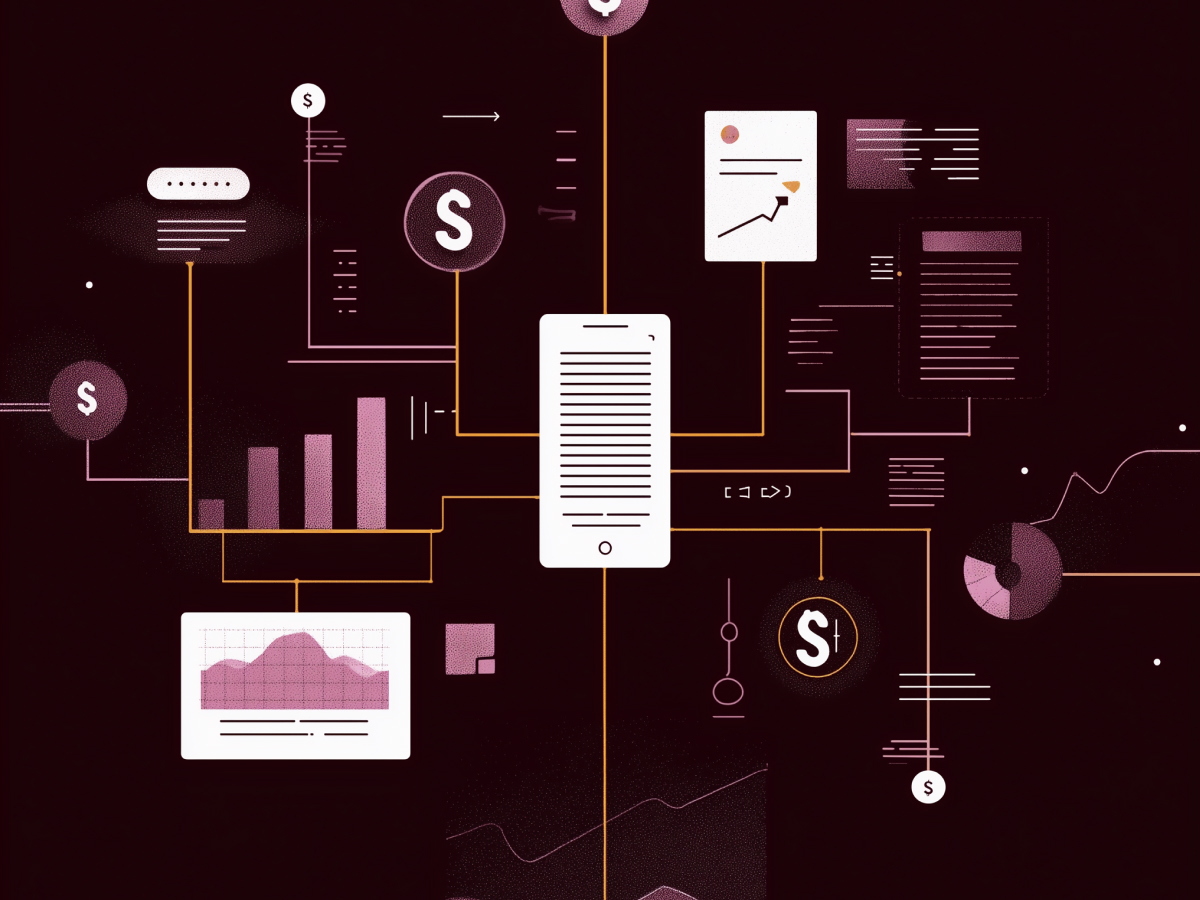AI coding assistants excel at routine and well-understood programming tasks
For most companies, the big win with AI coding assistants is speed. Specifically, speed in areas where human effort is costly and adds little strategic value, like boilerplate code, documentation, and simple utilities. If the task is repetitive enough to be boring, it’s usually fit for AI.
Today’s models, especially those trained on open-source libraries and common patterns, perform well when the problem is clearly defined. Standard front-end work, straightforward backend services, unit tests, these are scenarios where AI shines. Developers input precise prompts, and the system returns functional, sometimes production-ready code. It’s optimized for low-complexity jobs.
Kevin Swiber, API Strategist at Layered System, points out that mastering when and how to use these tools is becoming an essential skill. Things are moving fast. Staying current with capabilities is no longer optional, it’s strategic.
Charity Majors, CTO and Co-founder of Honeycomb, notes that run-of-the-mill development work, web apps, REST APIs, and API scaffolding, benefits most. That makes sense. These patterns are all over the internet. AI learns what’s predictable. It replicates that efficiently.
You also get value in adjacent workflows that don’t look like coding but impact delivery speed, test writing, design scaffolding, and even observability. Spencer Kimball, CEO of Cockroach Labs, says these tasks accounted for 70% of their AI use, and that freed up meaningful time for high-complexity development.
There’s no need to wait for a tipping point here. You can start pulling returns almost instantly in these low-risk, high-volume use cases. For mid-sized companies looking to amplify velocity without bloating headcount, AI in routine dev work offers strong upside.
According to Stack Overflow’s 2024 Developer Survey, 63% of professional developers already use AI during software development. The pattern is clear, AI thrives in areas where the problems are solved, and speed matters.
AI coding assistants face challenges with complex and ambiguous development tasks
AI starts to lose its grip when we move into open-ended, complex tasks. These are situations where the problem is too abstract, the codebase too large, or the architecture too nuanced. Generative AI has a hard time reasoning through multiple dependencies at once. It can pass as competent, but not always coherent.
Swiber warns about exactly this, let the model run wild, and you end up with bad code, wasted hours, or lost progress. When context matters, and it usually does in enterprise–you don’t want a generative tool stacking decisions you didn’t authorize. A single missed dependency can cause integration drift across your environment.
Charity Majors puts it simply: AI is better at greenfield, new code, than maintaining legacy systems. That’s a concern for any company running critical workloads on complex backend stacks. AI struggles to reason over deeply interconnected systems. It lacks the persistent model of a developer who’s lived in your codebase for three years.
Harry Wang, Chief Growth Officer at Sonar, underlines the operational cost. Fixing AI’s mistakes isn’t cheap. You may spend more money debugging subtle errors than it would take to assign the task to a human from the outset. There’s a point where too much AI actually slows you down.
It’s also true that these models can break down at scale. Their “context window”, how much code or text they can process at once, is limited. When they crack, they often do so quietly, by introducing logically sound-looking outputs that are fundamentally wrong. That’s what makes them dangerous for anything mission-critical.
Leadership has a role to play here. AI can’t operate without code governance. Version control, output reviews, and strict deployment checks are non-negotiable. You can’t hand the wheel to a system that doesn’t understand the full road, and assume you’ll arrive safely.
Use AI when clarity is high. Avoid it when ambiguity dominates. That’s the current edge. It’s moving, but that’s where we are.
Human oversight remains critical to supplement AI-generated code
Let’s be blunt, AI doesn’t replace engineers. It accelerates parts of their work, but it doesn’t remove the responsibility of knowing and owning the result. When an AI coding assistant delivers output, it’s not the finish line. It’s the start of a review loop. Every piece of generated code needs human validation. No exceptions.
The models are effective at filling in gaps, suggesting functions, or eliminating redundancy. But they still operate in isolation from your team’s domain knowledge, engineering standards, and architectural constraints. That separation creates risk. Syntax might be accurate, but logic can still break. And when it does, the issues are subtle, often discovered during integration, or worse, customer adoption.
Harry Wang from Sonar highlights the operational cost. If debugging code takes longer than writing it, the model failed its purpose. This isn’t hypothetical. Companies are seeing this happen with edge cases, incomplete prompts, or scenarios where the AI made assumptions the team didn’t catch early enough. That drives rework, not progress.
The fix isn’t complicated, review everything. Treat AI outputs as raw input for engineering quality gates. They require testing, just like human-written code. Pairing output with strong CI pipelines gives you leverage without introducing chaos.
C-suite leaders should also adjust team expectations. Output speed will increase. So will the volume of iterations. But there’s no tradeoff to be made on code safety or correctness. AI helps reduce boilerplate, not responsibility. You still own software quality, release confidence, and incident risk.
To move fast without breaking core systems, every executive backing AI adoption must also enforce a simple rule: no AI-generated code enters production without human validation. This ensures scaling doesn’t come at the price of reliability.
Engineering leaders must balance strategic experimentation with strong governance when integrating AI
AI is moving quickly, so let’s be clear, waiting for it to stabilize is not a strategy. Developers are already using it. Some are doing so without permission or policy in place. The data is undeniable. According to BlueOptima’s 2024 report, 64% of developers who use generative AI started doing so before they were officially licensed. This isn’t a slow rollout. It’s already operational across teams, often informally.
Leadership can’t afford to be reactive on this. Whether you’re leading a startup or managing a global engineering group, AI adoption needs guardrails. The goal is to empower your people, to reduce time spent on low-value work, while protecting the company from risk and unintended consequences.
Spencer Kimball, CEO of Cockroach Labs, gets it. If AI delivers a 30% productivity gain, that translates into a real reduction in engineering cost, or a scaling advantage without expanding headcount. That moves the business forward.
But there’s a limit. Swiber points out that without proper oversight, AI can generate recursive problems. One small bug in output, left unchecked, can trigger a full loop of failed validations and inefficient debugging. Oversight solves that. Real-time monitoring, consistent code reviews, and clear policy frameworks allow developers to innovate without blowing up velocity.
The strategic angle here isn’t to mimic what others are doing. It’s to define exactly how AI is allowed to support your engineers, and where its use is blocked. Get clear on what “approved use” looks like. Then enforce that with the same clarity you’d apply to any standard infrastructure tool.
Ownership matters. If devs are using tools without policy, they’re also operating without accountability channels. That opens up gaps security or QA teams won’t catch until it’s too late. The fix is straightforward, make AI part of your development strategy, your hiring expectations, and your cultural norms. From there, it can scale cleanly.
The rapid evolution of AI necessitates continuous reevaluation of its capabilities and limitations
AI coding tools are in flux. What works today might be obsolete in months. Any leader building strategy around these systems must stay current, because the baseline is shifting faster than most companies can adapt.
Context window limitations remain one of the biggest barriers. These define how much information an AI model can handle at once. Complex codebases with thousands of interrelated files often surpass these limits, causing the model to miss dependencies or produce disconnected suggestions. But these limits are expanding. When models can process millions of tokens, many of today’s bottlenecks will vanish.
Charity Majors, CTO of Honeycomb, points out the pace of change head-on: insights about AI coding tools have a short shelf life. That’s not hand-waving. It reflects the genuine volatility inside AI model development cycles.
For developers, faster improvements mean more output and fewer blockers. For leadership, it pressures planning cycles. You don’t have years to phase AI into your software stack, you have quarters. The market isn’t waiting.
Spencer Kimball, CEO of Cockroach Labs, isn’t shy about what’s coming. As context windows scale, AI will interact with exponentially more data. This opens the door to broader applications, but also new threat vectors. Data access, compliance, and regional regulations will become even more significant. If the model can see more, it becomes more powerful, and more liable to make sensitive mistakes.
This shift requires a new kind of preparedness. The mindset isn’t adoption, it’s iteration. Leaders need processes that can adjust quickly, across development, testing, and security, and make data locality and access part of the engineering fabric.
Salesforce’s latest State of IT report backs this momentum. It found that 92% of developers expect agentic AI, the next wave of autonomous, task-oriented AI, to advance their careers. Talent is betting on this. Leadership should keep pace, or risk falling out of step.
AI’s transformative potential in software development is significant and will continue to reshape the industry
We’re in the early phase of what AI will do for software, and that’s not exaggeration. Every improvement in model performance increases software velocity across the board. Developer constraints drop. Idea-to-build timelines shrink. More things become testable at scale. This is a compounding advantage over time, and it won’t slow down.
AI is already changing how teams experiment, write prototypes, and explore new product pathways. Rapid iterations become achievable with fewer bottlenecks. Smaller teams can try ideas that previously required full engineering sprints to validate. Time-to-feedback drops. That drives sharper decisions and clearer product direction.
Spencer Kimball, CEO at Cockroach Labs, framed it bluntly: this is the worst these models will ever be. That’s a concise summary of what every leader should recognize. The momentum is forward, the tools are improving, and resistance is not a long-term strategy.
But growth invites complexity. As AI saturates coding workflows, questions around data sovereignty move from theoretical to operational. Kimball stresses that agentic AI will trigger exponential increases in API requests across systems. When usage scales to that level, regional data laws, internal controls, and vendor partnerships become strategic risk areas.
Architecture must evolve. Product policy must evolve. So does the way organizations secure and distribute access to training data. That’s the work that supports scale without compromise.
For executive leadership, the opportunity is clear: AI can increase productivity, reduce cost, and compress delivery cycles. But the shift isn’t just technical, it’s structural. Winners will be the companies that move early, set standards fast, and evolve their processes in parallel with the tools they’re adopting.
No need to overcomplicate it, this is a step-function change. And if you’re reading this, you’re on the clock.
Key executive takeaways
- AI improves speed on routine tasks: Deploy AI coding tools for well-scoped, repetitive work like boilerplate code, tests, and API scaffolding to boost developer efficiency without increasing headcount. Speed gains are immediate when context and use cases are clear.
- AI struggles with complexity: Avoid using AI for large-scale refactoring, legacy code, or open-ended architecture work. These scenarios often exceed model capabilities, increasing risk and creating technical debt that slows teams down.
- Human review isn’t optional: Require human oversight for all AI-generated code to catch logic errors, context gaps, and integration issues. Code that ships without validation carries hidden quality and security risks.
- Policy must lead experimentation: Leaders should formalize AI usage guidelines before adoption spreads informally. With 64% of developers using AI before getting approval, governance must catch up to current usage trends to minimize liabilities.
- AI capabilities evolve fast: Continually reassess AI performance benchmarks as context windows and model capabilities rapidly expand. Plan for process flexibility and compliance structures that can adapt in step with AI progression.
- Competitive edge comes from early investment: AI is reshaping software delivery by compressing build cycles and amplifying developer output. Companies that adopt early, set clear boundaries, and optimize workflows will capture significant operational advantages.





